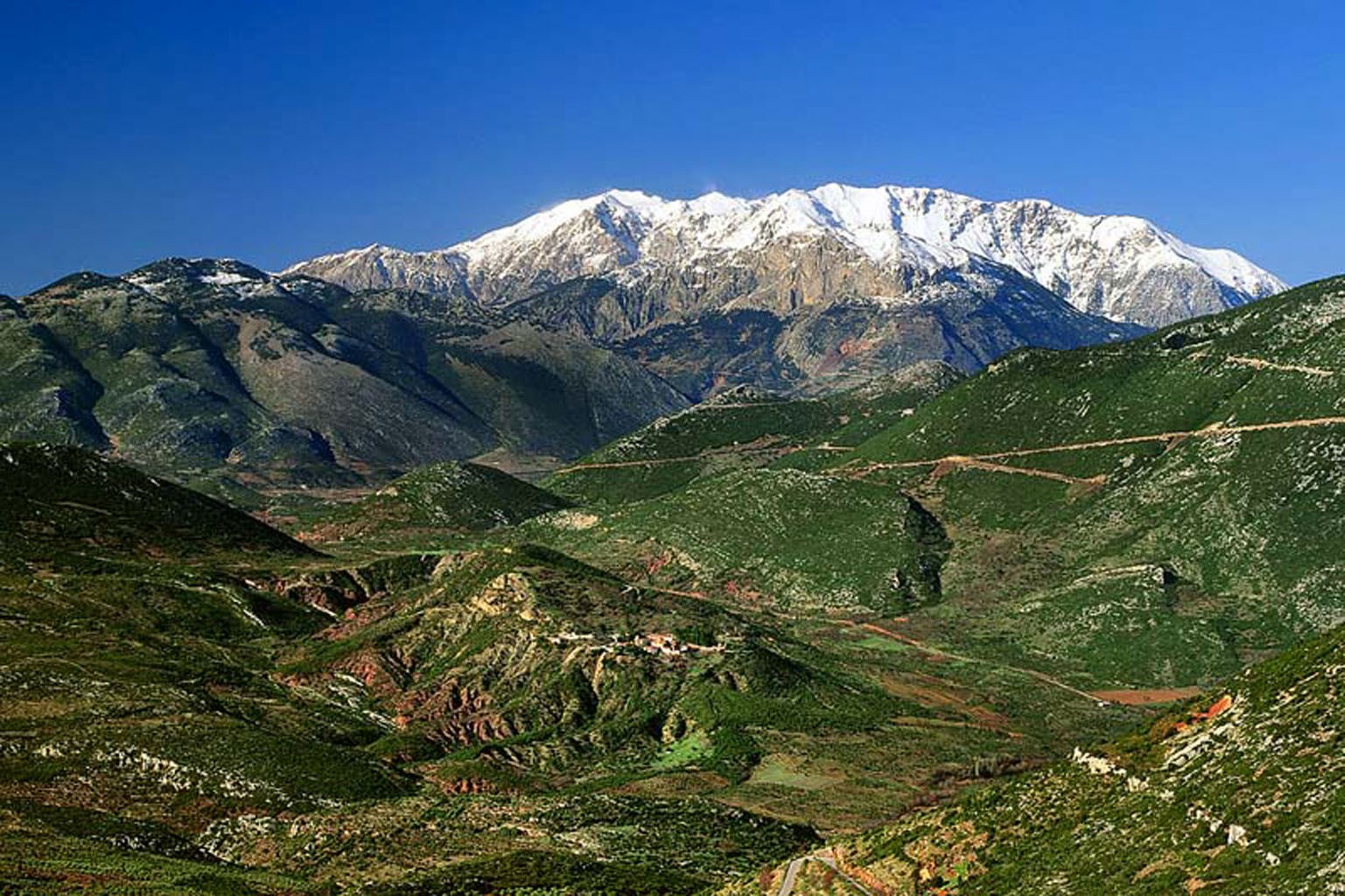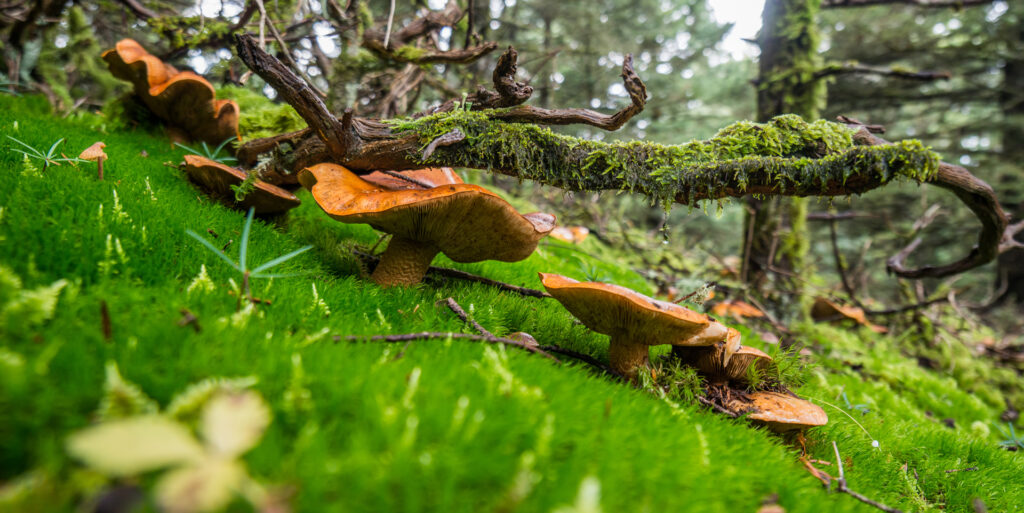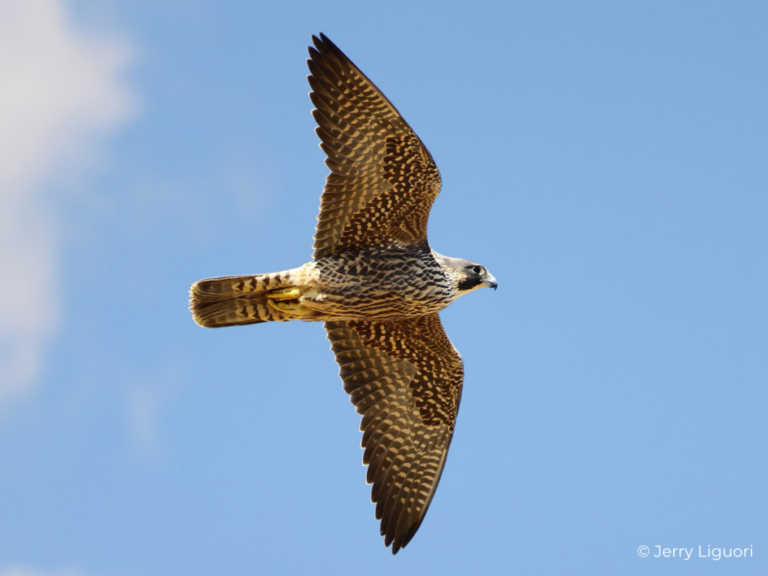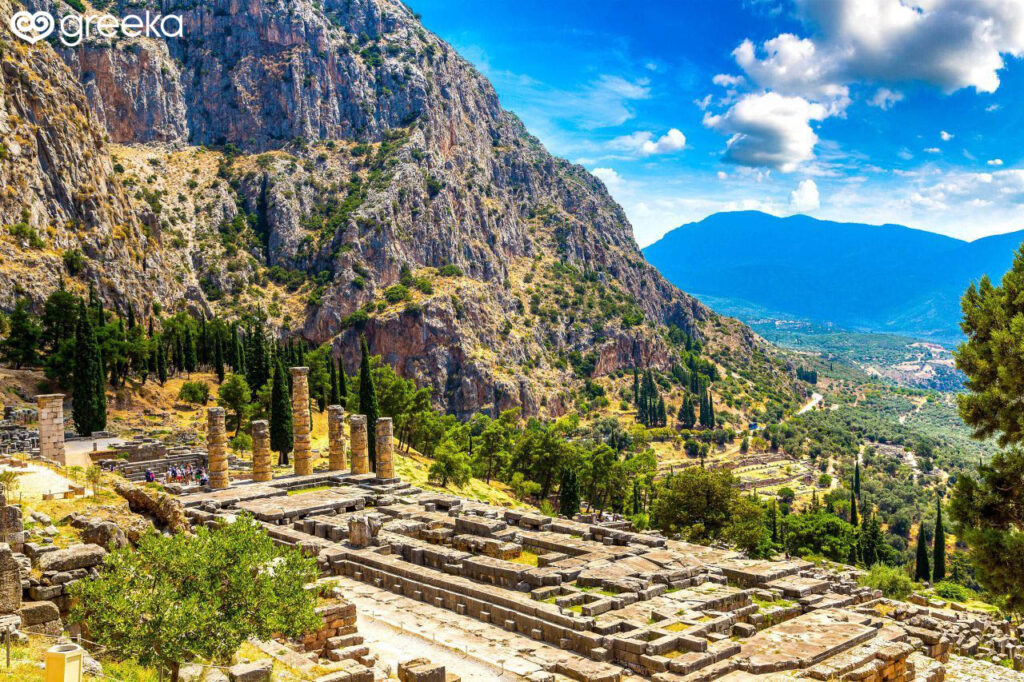Parnassus National Park, located in central Greece, is a natural reserve encompassing Mount Parnassus and its surrounding areas. Stretching across multiple municipalities including Boeotia, Phocis, and Phthiotis, the park covers an area of approximately 3,800 hectares, making it one of the largest national parks in Greece.
The centerpiece of the park is Mount Parnassus itself, a limestone mountain rising to an elevation of 2,457 meters (8,061 feet). Steeped in mythology, Mount Parnassus was believed to be the home of the Muses and the site of the Oracle of Delphi, making it a place of great spiritual significance in ancient Greece.
A geological marvel, Mount Parnassus is cloaked in layers of limestone, sculpted by the forces of time and weather into a rugged tableau of cliffs, crags, and rocky outcrops. Its slopes are adorned with verdant forests that cascade down its flanks, punctuated by cascading waterfalls and babbling streams that meander their way through the ancient groves.



The landscape of Parnassus National Park is characterized by rugged mountain terrain, deep gorges, lush forests, alpine meadows, and pristine rivers. The park is home to a diverse array of flora and fauna, including rare and endemic species.
From the sun-drenched slopes to the shaded recesses of the valleys, a myriad of plant species find refuge, their vibrant hues painting the landscape with a riot of color.
Visitors to the park may encounter wildflowers such as orchids, crocuses, and tulips. Here, delicate wildflowers carpet the forest floor, while ancient stands of beech, fir, and chestnut trees tower overhead, their gnarled branches reaching towards the sky.
But it is not just the flora that calls Parnassus home; a rich tapestry of fauna also inhabits these lands. From elusive lynx and agile deer to playful foxes and darting squirrels, the park teems with life at every turn. Birdsong fills the air as avian inhabitants such as golden eagles, peregrine falcons, and hoopoes soar overhead, their wings tracing lazy circles against the azure sky.
Hiking is a popular activity in Parnassus National Park, with numerous trails winding through its diverse landscapes. The most famous trail is the E4 European long-distance path, which traverses the park and offers breathtaking views of the surrounding mountains and valleys. Other activities include mountain biking, rock climbing, skiing, and wildlife watching.
In winter, Parnassus transforms into a playground for snow sports enthusiasts, with its slopes blanketed in a thick layer of snow that beckons skiers, snowboarders, and snowshoers alike. The park boasts several ski resorts, offering a range of slopes suitable for all skill levels, from gentle beginner runs to challenging black diamond trails that will test even the most experienced of athletes.


But Parnassus National Park is not just a playground for outdoor adventurers; it is also a repository of history and culture, with a rich tapestry of archaeological sites and historical monuments scattered throughout its expanse. Chief among these is the ancient sanctuary of Delphi, a UNESCO World Heritage Site and one of the most important archaeological sites in Greece. Here, visitors can wander amongst the ruins of temples and treasuries, marvel at the intricately carved statues and reliefs that adorn the site, and contemplate the mysteries of the Oracle of Delphi, whose cryptic pronouncements once guided the fate of empires.
In conclusion, Parnassus National Park is a place of wonder and beauty, a sanctuary for both the body and the soul. With its stunning landscapes, rich biodiversity, and cultural significance, it offers a wealth of experiences that will captivate and inspire all who venture within its embrace. Whether seeking adventure, tranquility, or a deeper connection to the natural world, Parnassus National Park promises an unforgettable journey through the heart of Greece’s wilderness.
Prepared by Aleksandra Latus, Maja Chrzanowska, Julita Buś, Viktoria Browarna and Maja Nogaj from II LO w Sieradzu.